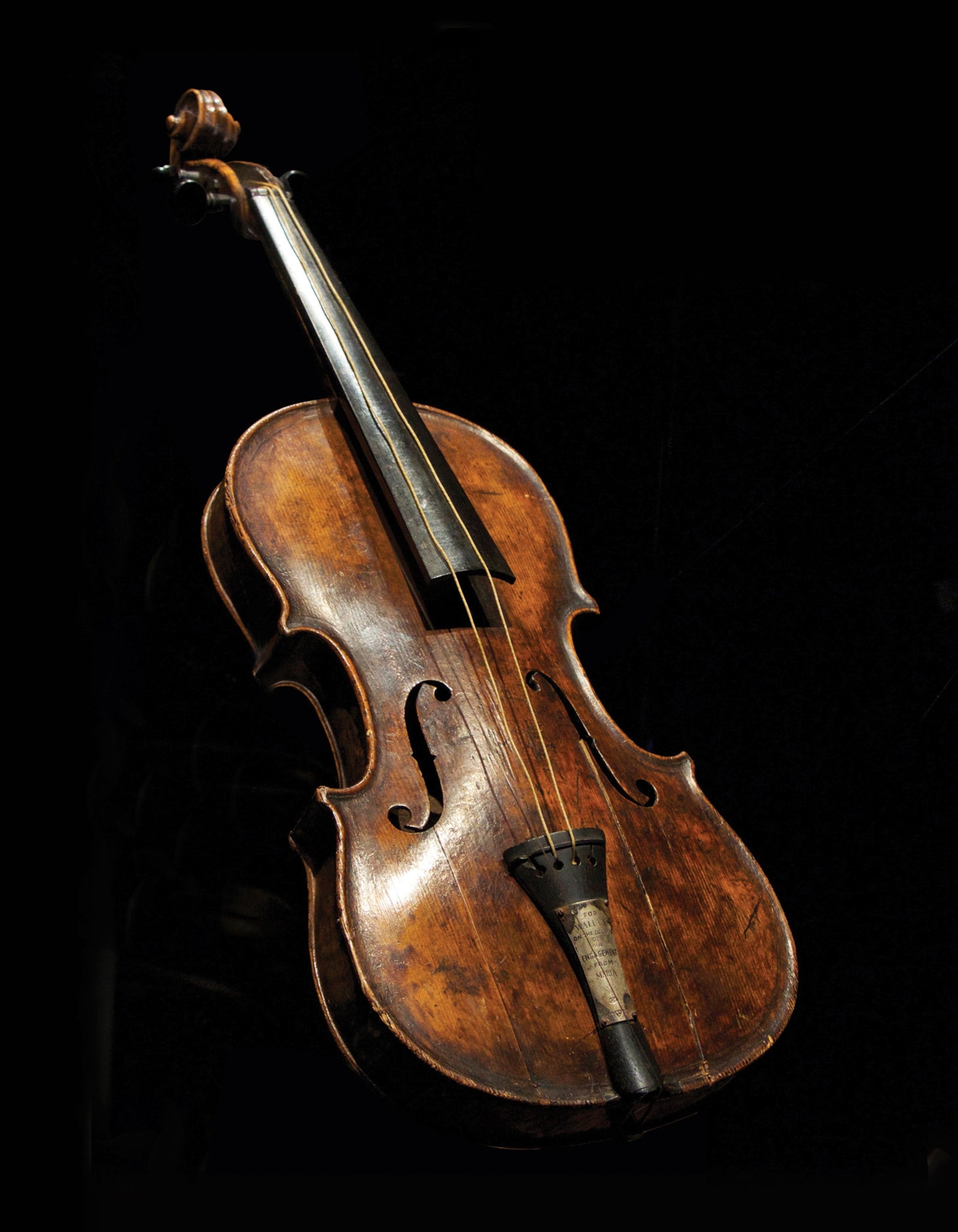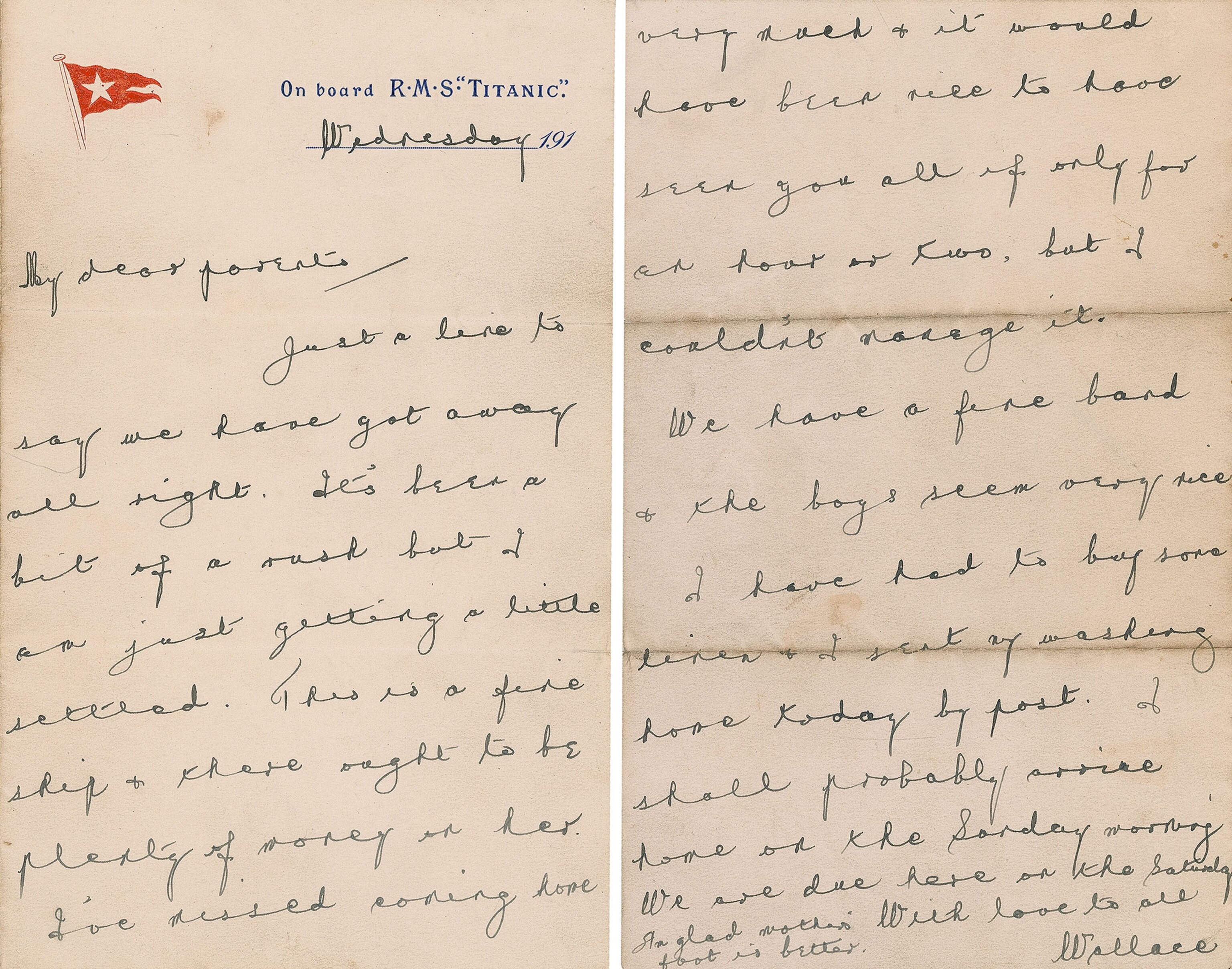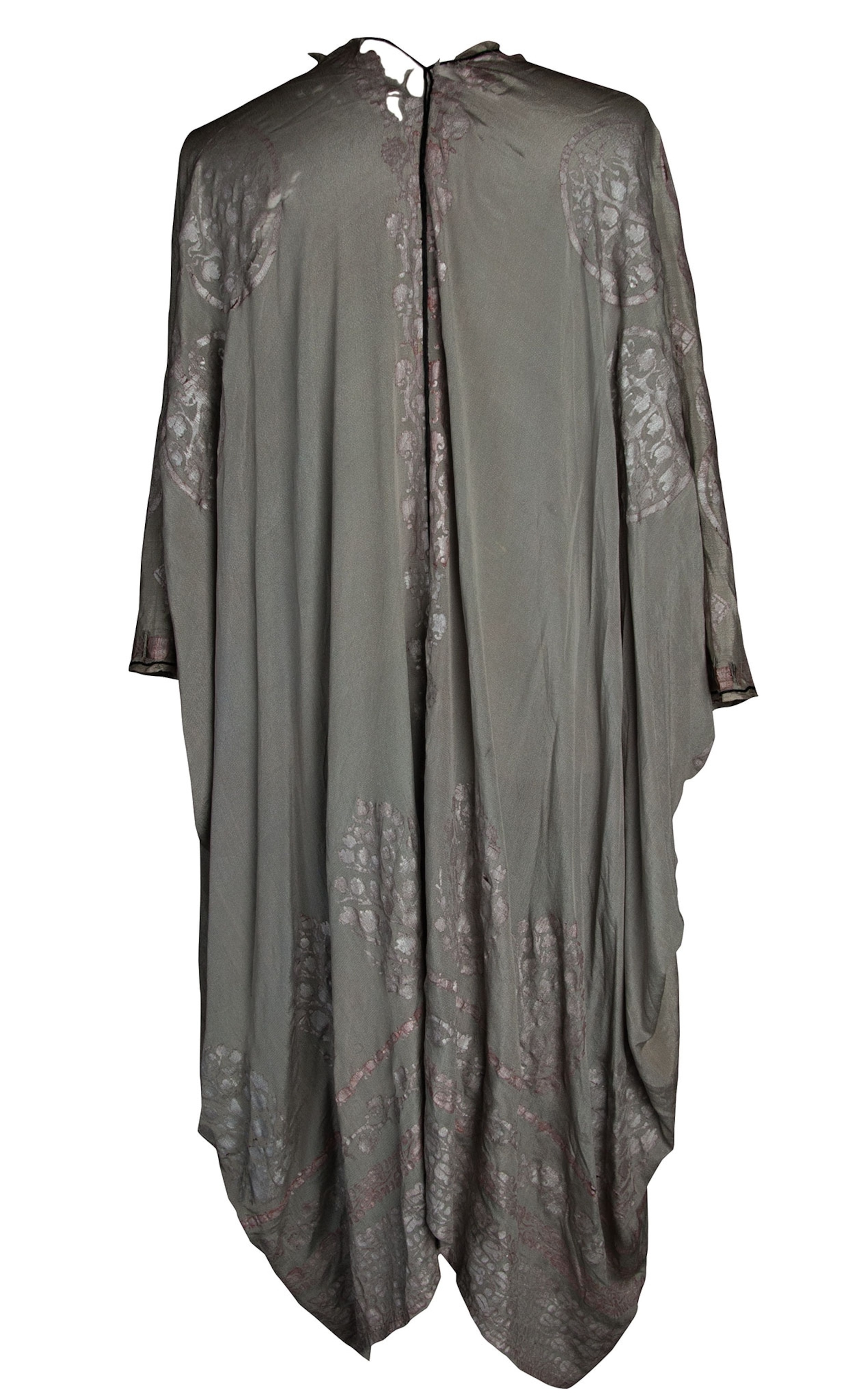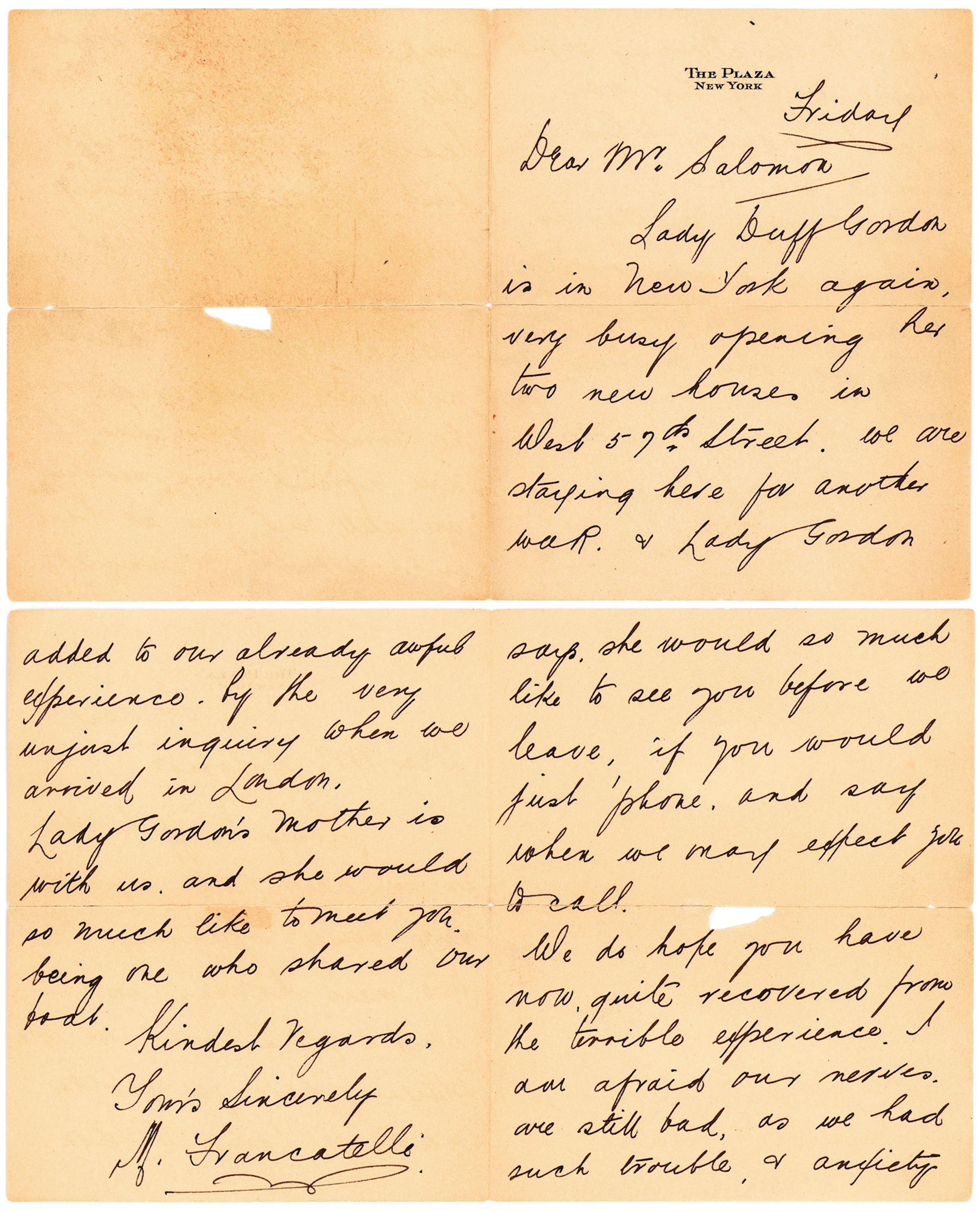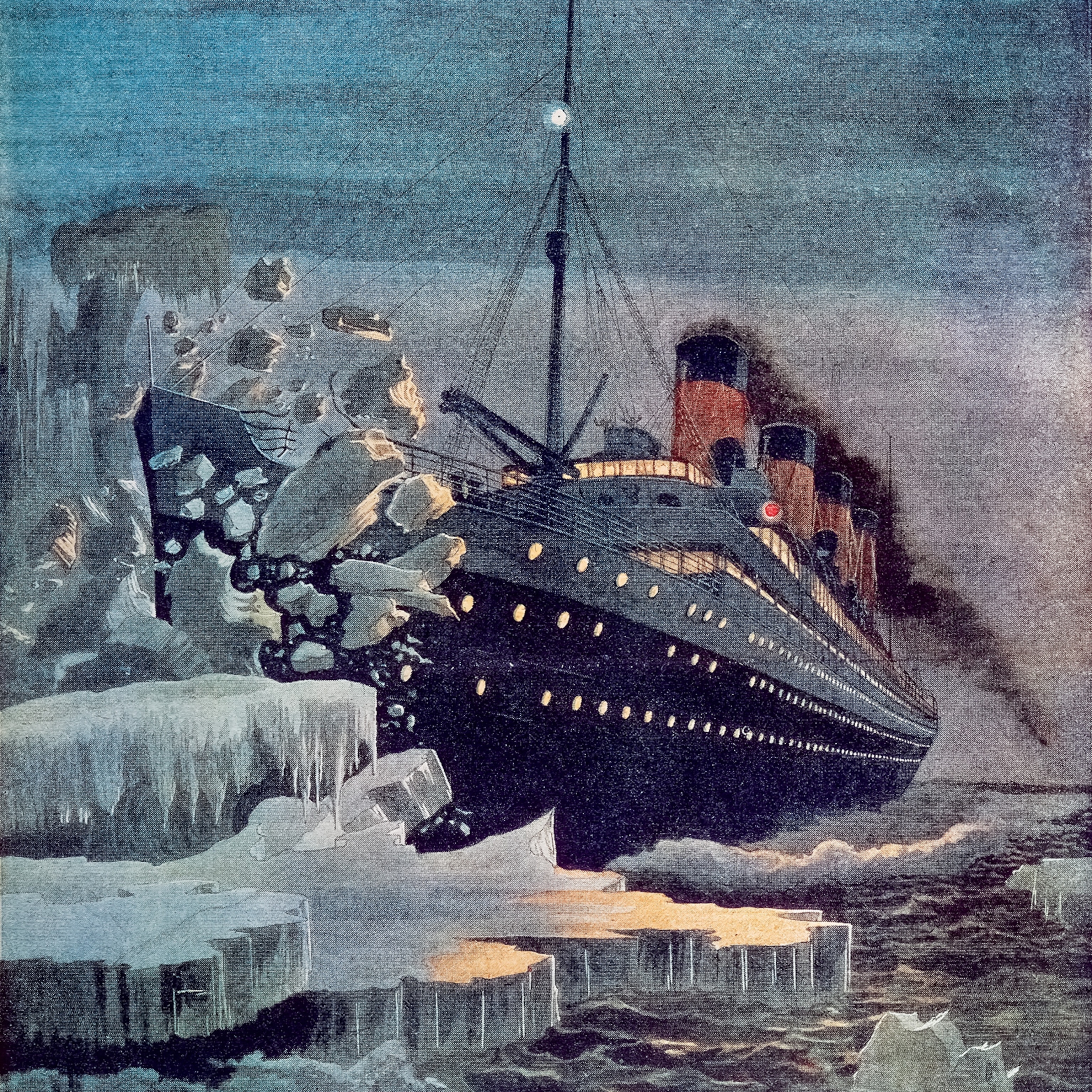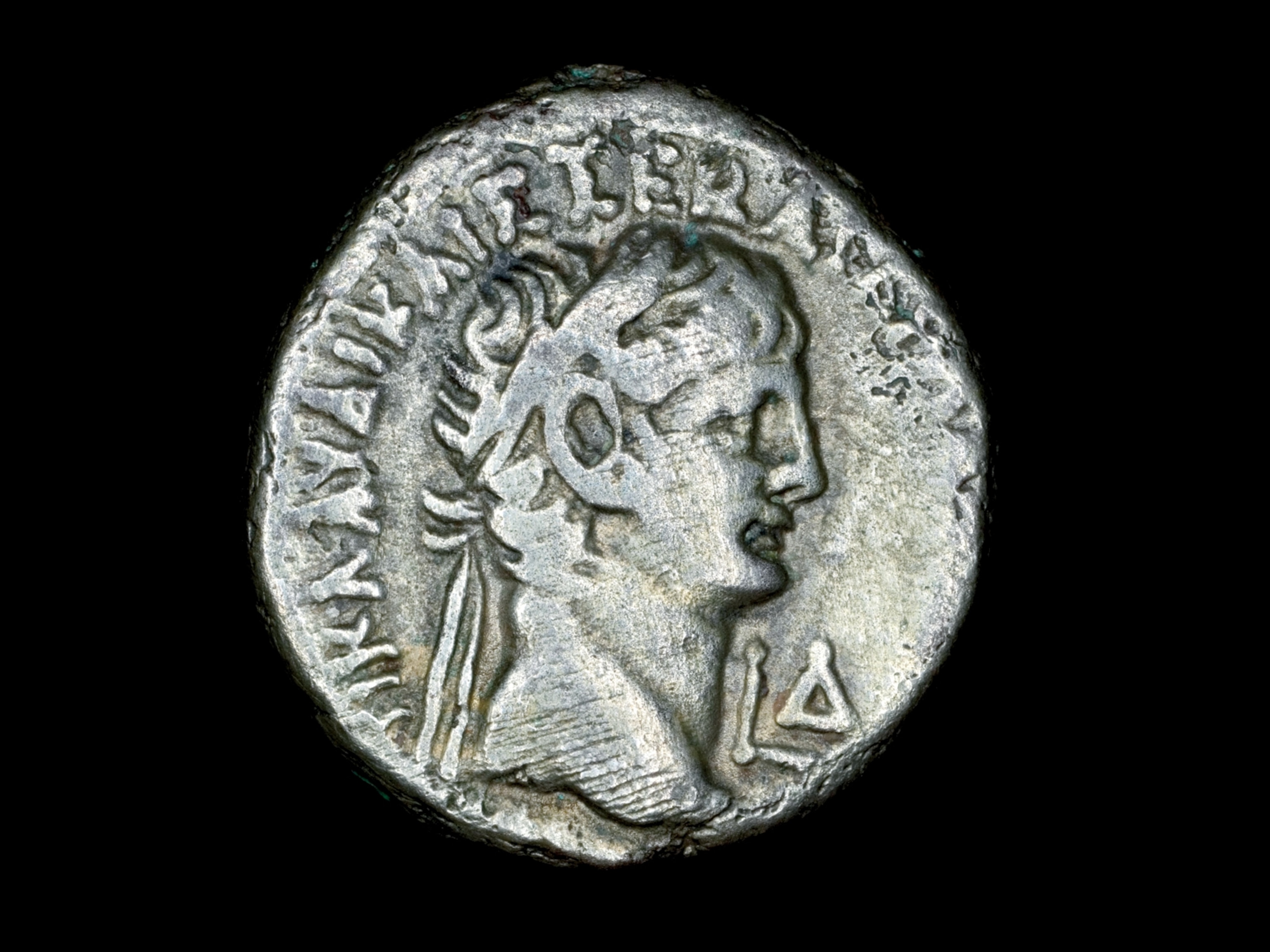
A Look at the Titanic Artifacts Going to Auction This Week
The items come from the so-called “Money Boat,” whose passengers were accused of bribing crew members not to save others.
When the “unsinkable” R.M.S. Titanic slipped below the North Atlantic in 1912, it took fifteen hundred people with it. Today, that tragedy lives on through the possessions and stories of those who were there—stories of laudable courage and, in some cases, lamentable cowardice. This Wednesday, Lion Heart Autographs will auction three artifacts from the disaster.
The items in Wednesday’s auction come from passengers who fled the sinking ship on Lifeboat No.1. They are: a letter, a ticket from the ship’s Turkish baths, and a menu from the last lunch served on the boat. The ticket and menu were carried away on the lifeboat that night, and the letter was written six months later.
These items are valuable because of their connection to the Titanic disaster; but what makes them even more interesting is their link to that first, controversial lifeboat. Nicknamed the “Money Boat” or the “Millionaire’s Boat,” its passengers were accused of paying the crew not to go back and save others.
A Tip, or a Bribe?
Fans of James Cameron’s movie Titanic might recall how Rose describes fellow passenger Lucile, Lady Duff Gordon: “She designs naughty lingerie, among her many talents. Very popular with the royals.”
Unlike Rose, Lady Duff Gordon and her husband, Sir Cosmo, were real passengers aboard the Titanic—she was a famous fashion designer and he was a wealthy athlete. On the night the ship sank, the couple escaped with three other passengers and seven crew members on Lifeboat No.1, putting just 12 people in a boat capable of carrying 40.

Their lifeboat wasn’t the only one to leave the ship with too few people. The boats were filled according to class, and many first-class passengers were reluctant to board because they didn’t believe that the famously “unsinkable” ship was going down. Some of those who did board thought they would soon return to the ship. But once passengers realized the ship was actually sinking, why didn’t the underfilled boats return to rescue more people?
Cosmo and Lady Duff Gordon became the public target of this question. On the boat, Cosmo had promised each crew member a month’s pay, which he said was a tip to help them get back on their feet after losing their jobs with the ship. When they made it back to Britain, the government formally investigated whether the money had been a bribe not to row back and fill the boat.
Titanic Artifacts From Auctions Past and Present
The allegation was never proven, but it haunted the Duff Gordons all their lives, and this rumor of selfishness also makes anything associated with the boat historically significant. The lunch menu and Turkish bath ticket going on auction this Wednesday were saved by one of the passengers, and the letter being auctioned was written by Lady Duff Gordon’s secretary, who was also on the lifeboat, about the “unjust inquiry” after the disaster. When the firm RR Auction held its 100th anniversary Titanic auction in 2012, the second-highest selling item, at roughly $75,000, was the kimono that Lady Duff Gordon escaped in on the Money Boat.
“There’s certainly still a controversy over what happened that night,” says Bobby Livingston, Executive Vice President of RR Auction. “Personally, I don’t believe [the accusation] … but who knows what really happened out there?”

And the Band Played On
Though artifacts from the Money Boat usually sell well, historians and collectors aren’t only interested in items that remind us of the moral failures that night. Two of the most highly valued items come from a man who willingly went down with the ship.
If you don’t remember Lady Duff Gordon from Cameron’s Titanic, you probably at least remember the violinist who kept his band playing as the ship sank. That was Wallace Hartley, and in 2012, RR Auction sold a letter he had written on the ship for about $185,000. A year later, his violin sold for $1.7 million.
Hartley is considered a hero because he kept playing to keep people calm. And based on eyewitness accounts, Titanic artifact historian Craig Sopin says that it probably did help. “People weren’t jumping off the ship, pushing other people out of the way,” or panicking the way we might expect them to, he says.
“The reason why it was so calm on the ship, many believe, is because Hartley and the band gave their lives to create [that atmosphere],” says Sopin. “He knew that he wasn’t playing for tips at that point.”
Hartley’s letter was sent to his parents when the Titanic made a mail stop in Queenstown, Ireland—now called Cobh—before crossing the Atlantic. His violin was recovered shortly after the disaster, when ships returned to the wreckage to gather bodies (most of which were floating in life preservers), and personal items to return to victims’ families.
“Can you imagine,” asks Livingston, “the sadness of these personal possessions suddenly being shipped to you a month or two after your loved one perished at sea?”
It’s not surprising that some of the most popular Titanic artifacts come from people with a reputation for both noble and allegedly shameful deeds. More interesting is that between the two sets, the most highly-prized Titanic artifacts don’t come from its villains—they come from its hero.
Update: On Wednesday, the lunch menu that was carried away on the Money Boat sold for $88,000. The Turkish bath ticket from the boat sold for $11,000, and the letter from Lady Duff Gordon’s secretary sold for $7,500.
Follow Becky Little on Twitter.

